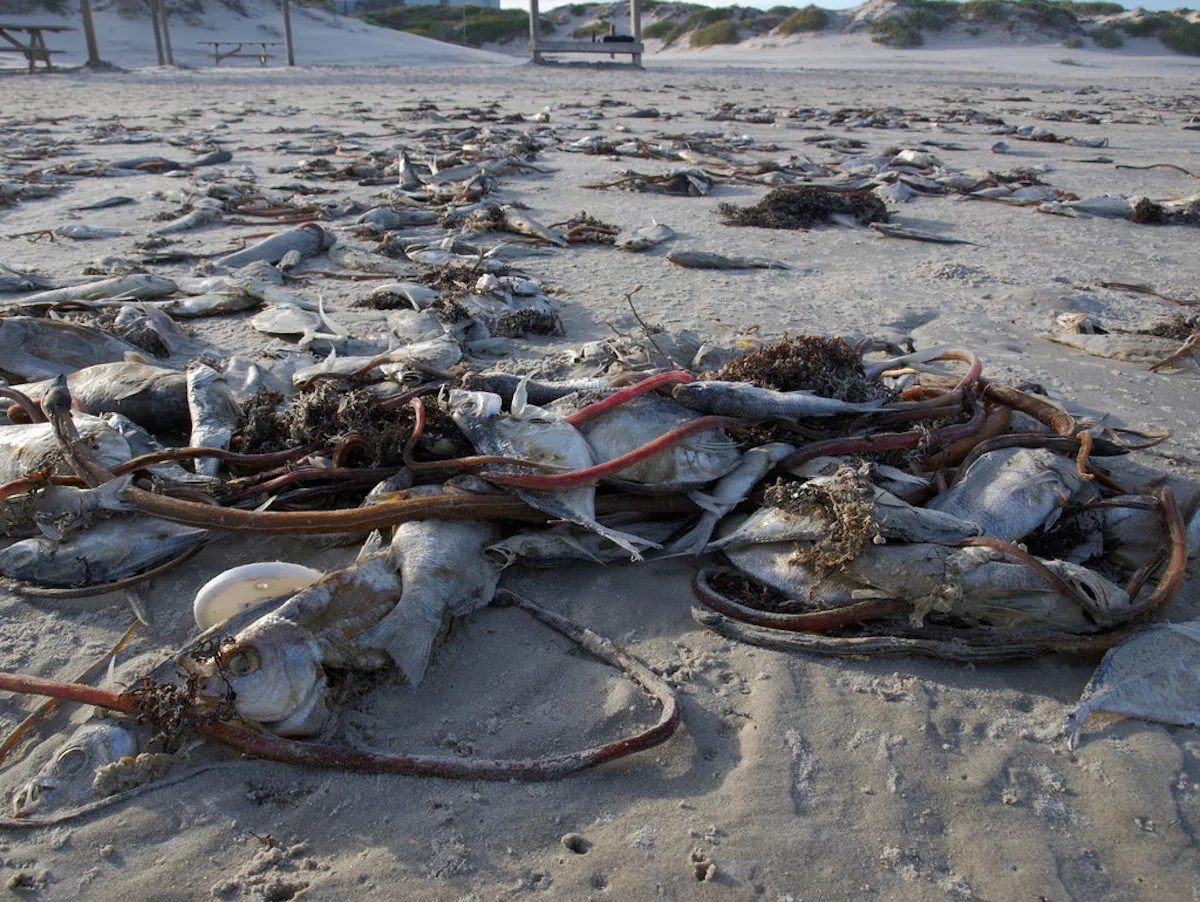
Photo by Terry Ross / Flickr

Audio By Carbonatix
After months of watching a wrenching natural catastrophe unfolding in slow motion across Florida’s Gulf Coast and hoping against hope it wouldn’t move to the Atlantic, Miami’s dreaded day has come at last:
County officials announced early this morning that water samples from the north end of Miami-Dade came back positive for the algae linked to the fish-killing, water-poisoning event. Mayor Carlos Gimenez says all public beaches from Haulover Park north are now closed:
We are taking this proactive step to ensure our residents and visitors are not affected as we collect samples in other areas for state testing. We will continue to seek guidance from the state Fish and Wildlife Conservation Commission and take precautionary measures as needed. https://t.co/ZasZwQbPqP
— Carlos A. Gimenez (@MayorGimenez) October 4, 2018
Miami, make your New Year’s Resolution Count!
We’re $15,000 away from our End-of-Year campaign goal, with just a couple of days left! We’re ready to deliver — but we need the resources to do it right. If Miami New Times matters to you, please contribute today to help us expand our current events coverage when it’s needed most.
That might not be the end of the bad news for Miami: Results from samples taken farther south, including from the ocean off South Beach and Crandon Park in Key Biscayne, won’t be available until later today. And yesterday some swimmers in South Beach were already complaining of breathing difficulties and other symptoms linked to red tide.
It seems like only a matter of time, though, before the algae
As the red tide has worsened on the Gulf Coast, it’s left beaches littered with untold thousands of rotting fish, turned crystalline oceans to brown muck, and left anyone within view of the coast gasping for breath. Tourists have turned away in droves, and beachside businesses have had to shutter.
That’s all coming to Miami now.
It’s not a partisan slam, either, to note this is all happening on Gov. Rick Scott’s watch as he tries to persuade voters to send him to the Senate. Red tides do happen in nature. But red tides of this unprecedented size and severity need a helping hand from governors who slash regulations on leaking septic tanks, hack hundreds of millions of dollars from local water management districts, and generally let polluting corporations treat Florida’s greatest natural resource however they please.
This is on Scott. And for Miami, the nightmare is just beginning.
Update 12 p.m.: Samples taken off Miami Beach came back with “low” to “very low” concentrations of harmful algae, according to Miami Beach Mayor Dan Gelber, as opposed to Haulover, which had “medium” concentrations.
A state guide to red tide, though, notes that even low to very-low concentrations of the algae can lead to respiratory conditions in humans and die-offs in marine species. Residents and visitors with respiratory problems should probably stay away from any Miami beach at the moment.